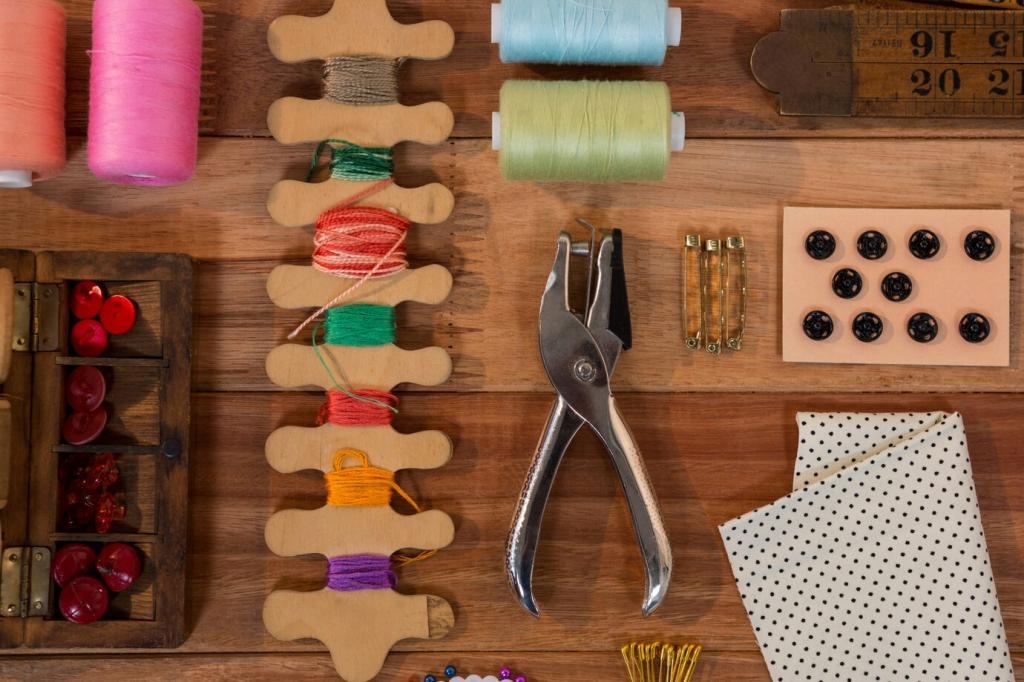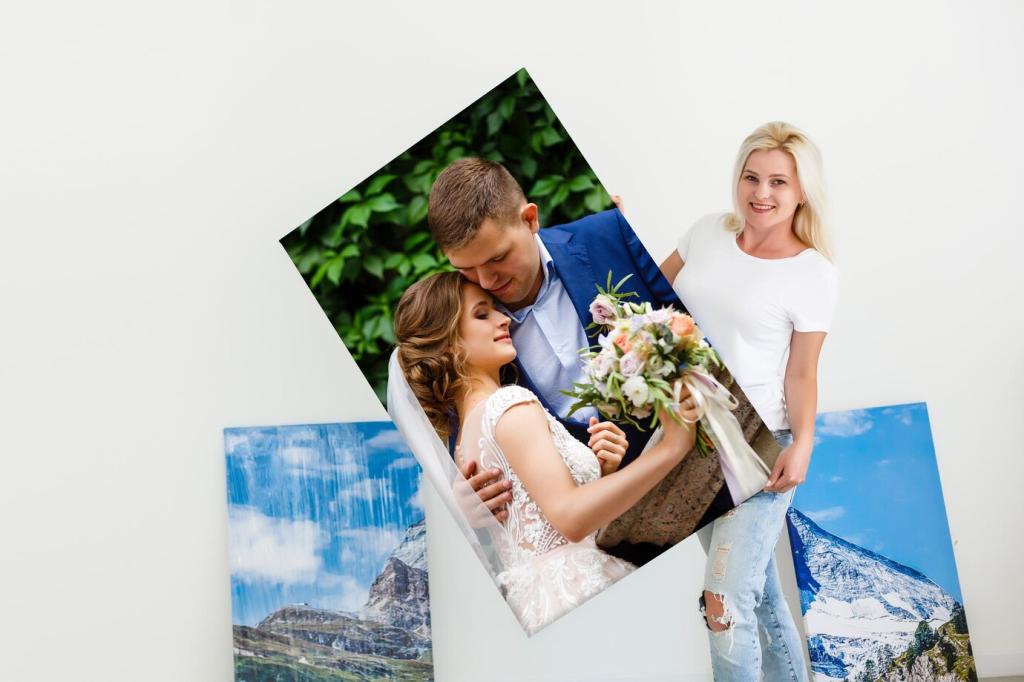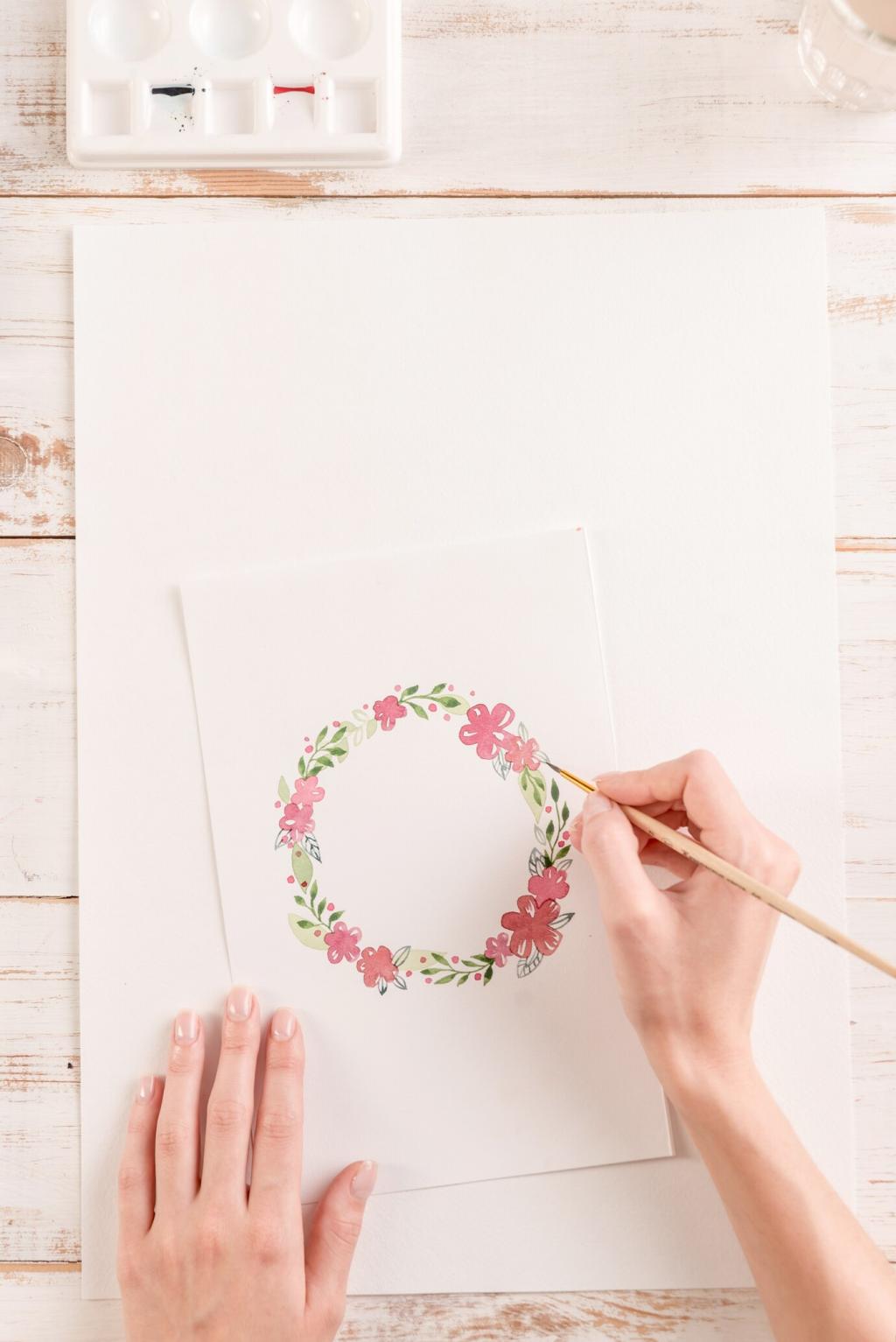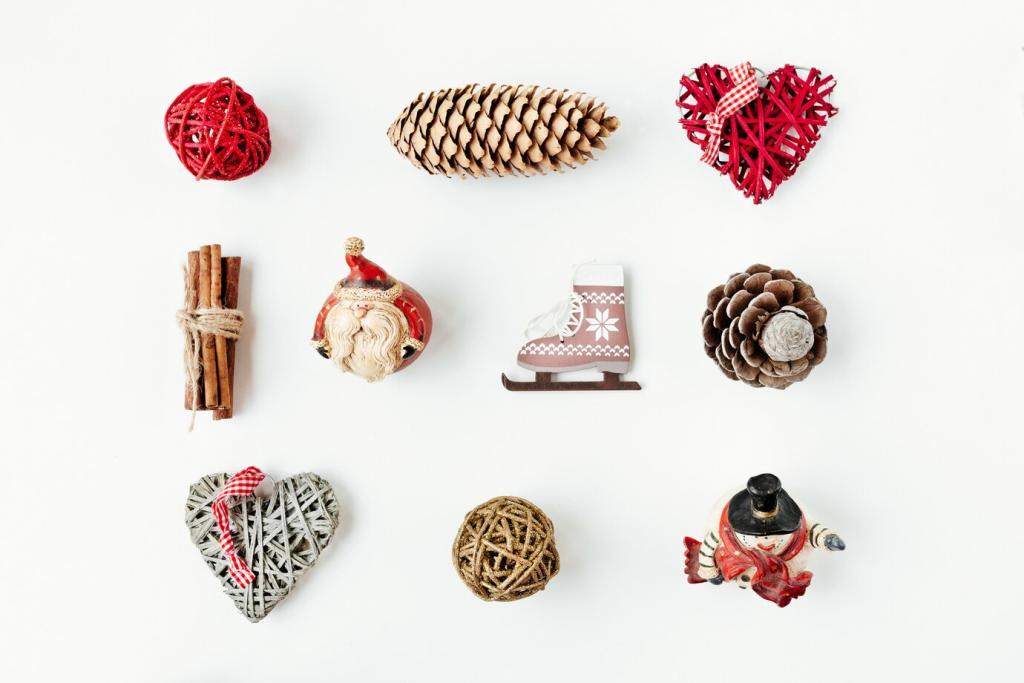Threaded Spaces: The Art of Weaving in Interior Design
Chosen theme: The Art of Weaving in Interior Design. Explore how warp and weft shape mood, acoustics, and storytelling at home. Share your textile questions in the comments and subscribe for tactile ideas that make every room feel thoughtfully woven.
Textures That Shape Atmosphere
Fiber Foundations
Wool cushions footsteps and warms echoes, linen breathes with crisp elegance, cotton calms with softness, and jute anchors spaces with earthy strength. A reader once wrote that a wool kilim alone hushed her lively hallway. Which fiber changed a room for you? Tell us.


Pattern Grammar: Warp, Weft, and Repeat
Plain weave reads serene, twill adds movement, herringbone feels tailored, and basket weave introduces plush depth. Scale patterns to the room’s size and traffic. Try placing a small herringbone runner in a narrow corridor and notice how it subtly guides movement.
Grandmother’s Kilim, Contemporary Sofa
A slim-legged sofa can frame a boldly patterned kilim, allowing the textile’s story to breathe. One subscriber layered her grandmother’s rug over a neutral flatweave, preserving its edges while preventing slip. Do you display heirlooms? Share a photo and the tale behind it.
Respectful Sourcing of Traditional Motifs
Research the origin of motifs, buy directly from artisan cooperatives, and name the makers when you share. Look for transparent pricing and cultural credit. Your support sustains living traditions rather than trends, keeping mastery at the loom and dignity in communities.
Restoration with Integrity
Use rug pads, rotate seasonally, and vacuum with low suction to protect fragile fibers. Choose professional restoration that matches fiber and dye. A careful reweave can extend a textile’s life decades, letting history remain functional rather than becoming a stored relic.
Sustainable Weaves, Sustainable Homes
Wool is renewable and flame-resistant, linen thrives with low water, and hemp is famously hardy. Consider life-cycle impacts and end-of-life compostability. Ask sellers about mulesing-free wool and mechanical processing. Post your questions below, and we’ll compile a quick-reference guide.



DIY Weaving You Can Finish This Weekend
First Wall Hanging on a Simple Frame Loom
String a sturdy warp, alternate plain weave and rya knots, and finish with a braided fringe. Keep color limited to three hues for cohesion. Post progress shots as you go, and ask questions—our readers love troubleshooting tension, edges, and tidying tails together.
Jute Planter Wrap with Character
Coil stitch jute around a pot, adding contrasting cotton twine every few rows for pattern. The tactile wrap protects surfaces and introduces earthy texture. Share your plant pairings; we’re compiling a gallery of weaves that flatter monstera leaves and trailing pothos.
Headboard Upgrade with Webbing
Weave cotton or leather webbing over a plywood frame, alternating over-under for a supportive lattice. Natural tones feel Scandinavian; dyed straps deliver bold stripes. If you build one, drop dimensions and strap sources so others can replicate your comfortable, crafted look.


Rug Layering Without Tripping
Anchor with a low-pile neutral, then stack a smaller patterned rug to define conversation space. Use a thin pad to align edges and prevent curl. Share a photo of your rug stacks, and we will feature inventive combinations that balance boldness with safety.
Throws and Pillows That Tell a Story
Mix chunky handwoven throws with fine-loom pillows to balance coziness and refinement. Echo one color across items for cohesion. Add a single contrasting texture for spark. Comment with your favorite trio, and we will suggest a complementary fourth piece to complete it.
Scale, Proportion, and Breathing Room
Let large weaves occupy generous surfaces and keep neighboring textures quieter. Avoid stacking multiple heavy weaves in tight corners. Negative space invites the eye to rest. Post a tricky corner, and we’ll sketch a simple plan that restores clarity and flow.
Care That Extends Textile Life
Vacuum with a brushless head weekly, spot-treat immediately, and shake out rugs outdoors periodically. For wall hangings, dust the top rod and check hanging points. What’s your toughest stain story? Share it, and we’ll crowdsource the most successful fiber-specific techniques.


Care That Extends Textile Life
Diffuse harsh light with sheer curtains, rotate rugs every few months, and keep bright dyes away from south-facing windows. A small routine prevents dramatic fade lines. Tell us your orientation and daylight hours, and we’ll advise a placement strategy tailored to your rooms.
Join our mailing list
